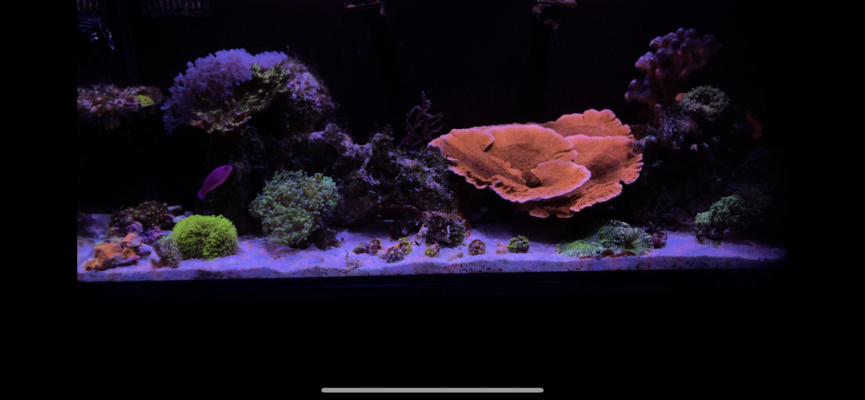I know from previous post that the recipe to make
Phosphate additive from Loudwolf Trisodium Phosphate is:
Per Randy:
1.88grams to 1 L of water will allow 1 mL of solution to raise 100L of water by .01ppm.
What is the equivalent for Loudwolf Sodium Nitrate?
Phosphate additive from Loudwolf Trisodium Phosphate is:
Per Randy:
1.88grams to 1 L of water will allow 1 mL of solution to raise 100L of water by .01ppm.
What is the equivalent for Loudwolf Sodium Nitrate?



















